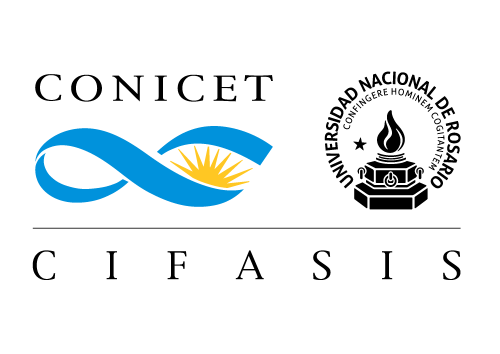Detalle del congreso
Autores: Menichini, Pablo; Larese, Mónica G.; Riquelme, Bibiana.
Resumen: Red blood cells (RBCs) aggregation is one of the most important factors in blood viscosity at stasis or at very low rates of flow. The basic structure of aggregates is a linear array of RBCs, arranged like a stack of coins, and commonly termed as rouleaux; interacting rouleaux can form more complicated three-dimensional structures termed Amas. In plasma, RBC aggregation is due to the presence of large proteins (e.g., fibrinogen, macroglobulin) and aggregation is enhanced when their level is elevated. Hence, enhanced or abnormal aggregation is seen in clinical conditions, such as diabetes and hypertension, producing various alterations in the microcirculation, some of which can be analyzed through the characterization of aggregated cells. In these diseases, the shape of rouleaux is altered, forming large clusters of globular form, which hinder the microcirculation. So far, image processing and analysis for the characterization of RBC aggregation were done manually or semi-automatically using interactive tools. Because it is interesting to perform the adaptation as a routine used in hemorheological and Clinical Biochemistry Laboratories, it is important to find an automatic method that is rapid, efficient and economical, and at the same time independent of the user performing the analysis (repeatability of the analysis). We propose a system that processes images of RBC aggregation andautomatically obtains the characterization and quantification of the different types of RBC aggregates.
Tipo de reunión: Conferencia.
Tipo de trabajo: Artículo Completo.
Producción: Automatic analysis of microscopic images of RBC aggregation.
Reunión científica: SPIE Biophotonics 2015 South America.
Lugar: Rio de Janeiro.
Institución organizadora: SPIE.
Publicado: Sí
Lugar publicación: Bellingham
Mes de reunión: 5
Año: 2015.
